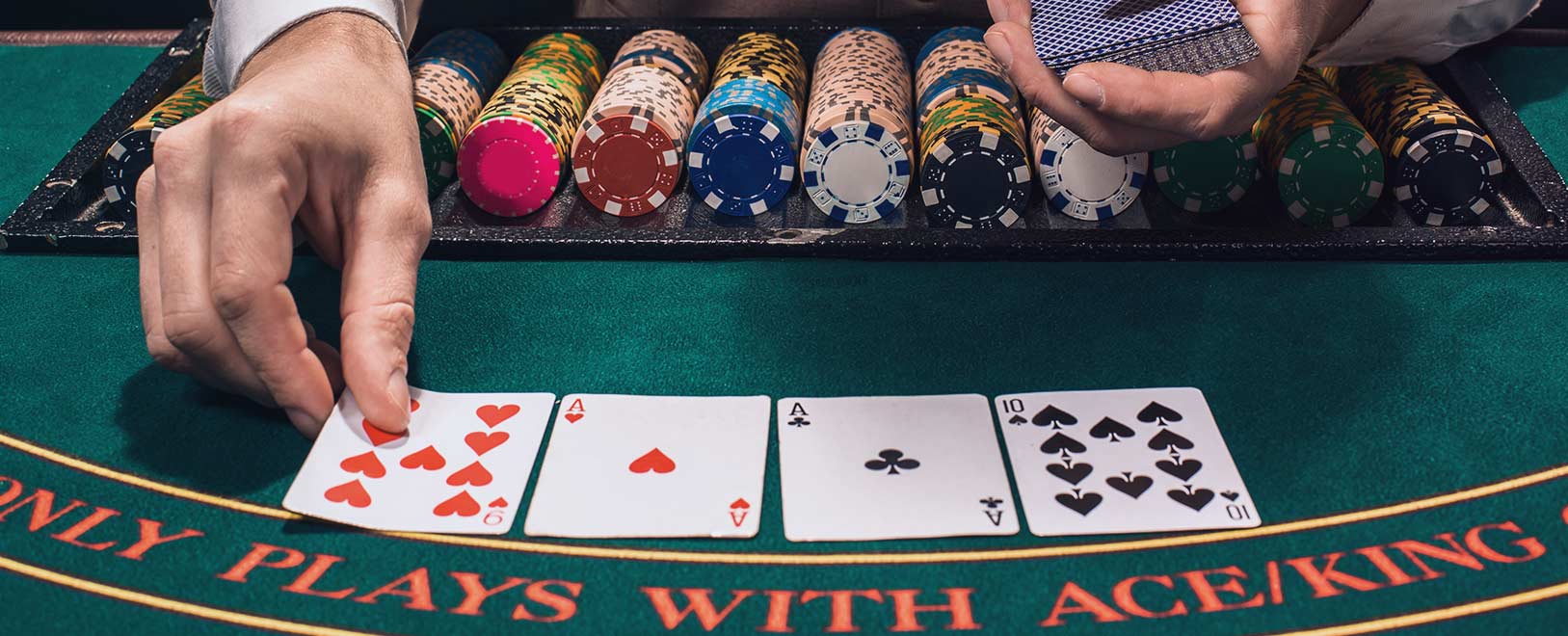Everybody knows that Texas Hold’em is the Cadillac of Poker. But have you tried driving a Ferrari? That’s what if feels like when you play the great game of Omaha. If you like that extra boost of action when you play at Bovada Poker, Omaha is the game for you. Never played it before? We’ll cover the Omaha poker rules from the ground up, and we’ll give you some tips and strategies to help you understand what 4-card poker is all about.
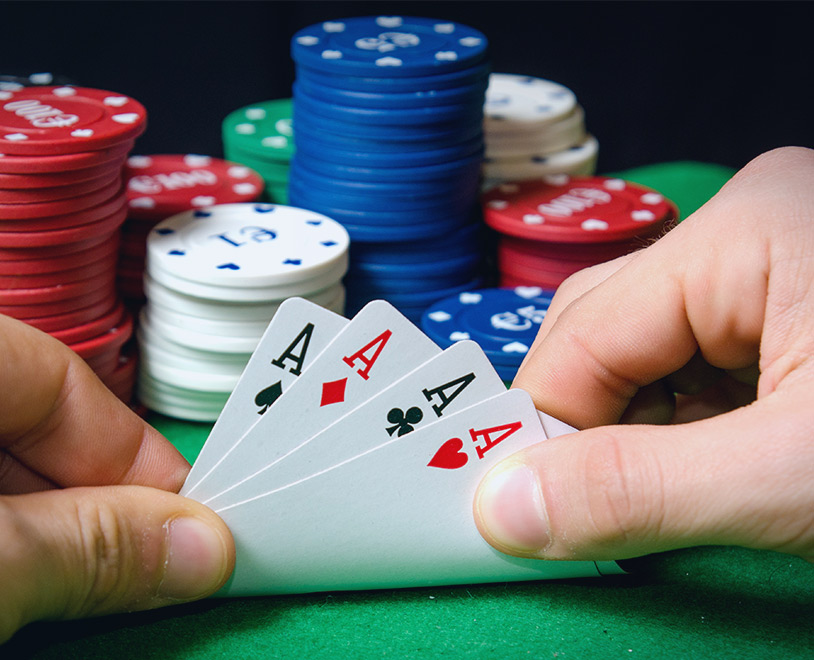
Omaha vs.Texas Hold’em: What’s the Difference?
Before we dive into the rules, here’s a handy shortcut for anyone who’s familiar with Texas Hold’em: Omaha is almost exactly the same game. The main difference is that you get four hole cards instead of two. Also, Omaha tournaments usually don’t have antes. That’s pretty much it – but getting four hole cards does have a big impact on your poker strategy, which we’ll get to shortly.
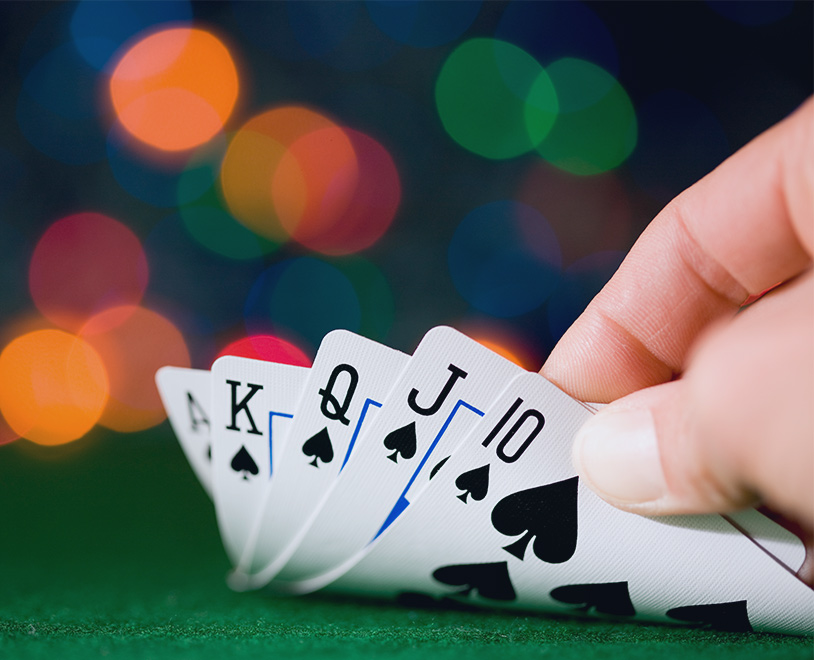
Omaha Poker Rules
Even if you’ve played Hold’em before, it’s good to start from the beginning when you’re trying to figure out exactly what is Omaha. This game started out as “Nugget Hold’em” in the early 1980s, because it was first spread at the Las Vegas Golden Nugget Casino, where Robert Turner introduced the game to long-time manager Bill Boyd. Fun fact: Both men won bracelets at the World Series of Poker. Before long, the name was changed to Omaha Hold’em, but everyone just calls it Omaha these days.
Omaha is one of the three “flop” games you can play at Bovada Poker, alongside Texas Hold’em and Omaha Hi/Lo. Omaha uses the standard 52-card deck, with no Jokers or other Wild cards added. Anywhere between two and nine players can sit at one of our virtual tables at Bovada; if you’re playing a multi-table tournament, you might be playing against hundreds or even thousands of fellow poker fans.
Every hand of Omaha starts with a forced bet from two players: the small blind and the big blind, with the big blind putting in twice as many betting chips as the small blind, who sits to their right. These bets help build the pot and get the action going (each player at the table will get a turn paying the blinds from hand to hand, to keep things fair). Then the Dealer will give everyone four hole cards, face-down, starting with the player in the small blind. The object of Omaha is to make the highest-ranking 5-card hand, using the following standard poker hand rankings:
Royal Flush (Ac-Kc-Qc-Jc-Tc)
Straight Flush (8d-7d-6d-5d-4d)
Four of a Kind (As-Ah-Ad-Ac-6s)
Full House (Ks-Kh-Kc-Qd-Qh)
Flush (As-Ks-Js-5s-3s)
Straight (5h-4h-3d-2s-Ac)
Three of a Kind (7s-7c-7d-Ah-2c)
Two Pair (5s-5c-4c-4h-Jc)
One Pair (9s-9c-Ah-8d-2c)
High Card (Ah-Qs-7h-5s-3s)
So how do you make a 5-card hand when you only have four cards? This is where the “flop” comes in. A single hand of Omaha contains up to four betting rounds, starting with the pre-flop round when you get your hole cards. The second round of betting is called the flop; this is where the Dealer puts three community cards in the middle of the table, face-up. Everyone at the table gets to use these same three cards to build their hand, plus two of their four hole cards. The third round (the turn) and the fourth round (the river) of betting each see an additional community card placed on the board, giving you even more ways to make your 5-card hand. Note that you always have to use exactly two of your hole cards in Omaha, unlike in Hold’em, where you can use one or even zero.
That’s if you make it past the pre-flop round. Aside from having the best 5-card hand at showdown, meaning after all four betting rounds are complete, you can win the hand before then by getting everyone else to surrender their cards. This can happen during any of the four betting rounds, at which point the hand is over and you scoop up however many chips have been placed in the pot.
Let’s get back to our pre-flop scenario. Once everyone gets dealt their four hole cards, the action starts with the player to the left of the big blind. That player has three choices: raise, call, or fold. A raise in this case is an open-raise of at least twice the forced bet put in by the big blind. A call is when the player’s bet matches the size of the big blind, and a fold is when they surrender their cards.
Then the action moves clockwise around the table to the next player. They have the same raise/call/fold options; if the previous player entered the pot, then a raise would be over the top of that player’s bet, while a call would match that bet. Everyone gets a turn until the action comes around to the player in the big blind, and they make their pre-flop decision. At this point, if there’s a raise that has yet to be called by everyone left in the hand, play continues clockwise until everyone has either called or folded – or put in another raise to keep the action going.
Once you get to the flop, assuming the hand isn’t already over, the first three community cards are dealt and the betting resumes, this time with the small blind (or the next active player to their left) going first. The same raise/call/fold decisions are made, although the first player entering the pot isn’t raising or calling anyone this time – it’s either bet or fold. If at least two people are still in the pot after the flop, the turn is dealt. Then it’s another round of betting, followed by the river if necessary, and the final betting round before showdown.
Showdown is where the biggest pots are usually won, so you’d better make sure you know your poker hand rankings if you want to win. If you’re the player who closes the action on the river, your opponents reveal their cards first; if you don’t have the best hand, you can opt to muck (i.e. fold) your cards without showing them, but if you have the best hand, you have to reveal your cards to collect the pot. This is done automatically for you at Bovada Poker. Anytime more than one player is tied for the best hand, it’s a push, and the pot is split evenly among the winners.
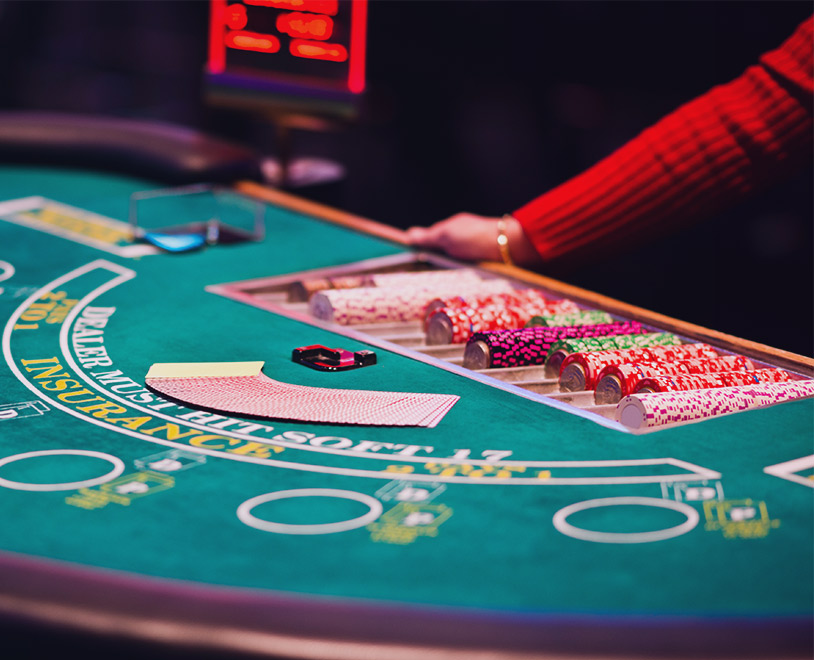
What Is Pot-Limit Omaha (PLO)?
There are three different betting structures, or limits, that are used in poker. There’s Fixed-Limit, where there are only two bet sizes allowed: the small bet (twice the size of the big blind), used during pre-flop and on the flop, and the big bet (twice the size of the small bet) on the turn and river. There’s also Pot-Limit, where the maximum bet is the size of the pot, and there’s No-Limit, where you can go all-in with your entire stack. Pot-Limit is the most popular way to play Omaha, although you can play Fixed-Limit and No-Limit Omaha as well.
Look for the FL (Fixed Limit), PL (Pot Limit) and NL (No Limit) symbol alongside games posted in our Lobby to find the stakes or small and big bet.
Fixed Limit: Bet and raise amounts for each round are preset.
Pot Limit: The amount of the current pot.
No Limit: The minimum bet is the big bet and there’s no max bet.
Game stages in Omaha Poker
Pre-Flop
The button is a graphic symbol that identifies who the dealer is. It moves clockwise after each hand to the next active player.
The blinds are mandatory bets posted at the start of each hand, before any cards are dealt, determined by the small and big bets for that game. Any player that wants to stay in the hand must match the big blind.
The player to the left of the dealer is the first player to get cards, the first to act and the one that posts the small blind. The big blind is posted by the second player, to the left of the small blind.
Example: $10/$20 Fixed Omaha poker game
Small blind: $10. Big blind: $20.
Any player has the option of sitting out and waiting for the big blind to reach them. If a player sits out and misses posting the big blind, they’ll have to post a big blind to get back in. This stops players from leaving the table before having to post the blinds.
Post-Flop
The dealer then turns over 3 community cards, called the flop. The player to the left of the dealer begins the betting. The action goes around the table as players choose to check, call, raise or fold, returning to the players who posted the blinds.
Then the fourth community card dealt is called fourth street or the turn, which starts another round of betting. In Fixed Limit games the bet increases to the upper stake. Betting continues until all bets are called.
The river is the final community card dealt face up, and begins the last round of betting. The bet amount for Fixed Limit games is the big stake.
Showdown
The showdown happens when all bets have been called. The last player to bet or raise shows their hand first. The best 5-card hand takes the pot, made up of 2 pocket cards and 3 community cards.
If all players checked through and nobody bet on the river, the player to the left of the dealer show first with action continuing clockwise, unless a hand is weaker than the winning hand shown. In this case, you can show, or fold without showing, called a muck. If you make a bet and all the other players fold, you ‘buy the pot’ and have the option to show or muck your cards. That’s where the bluffing comes in.
Betting Strategies in Omaha
Now that you know the rules, you might be asking yourself, how do you play Omaha poker like a boss? The general concepts that apply to Hold’em still work in Omaha. Aggressive play with betting and raising is recommended, since it gives you the chance to win the pot by getting everyone else to fold. It also helps tremendously to be in position, meaning you’re last to act during the betting round. This lets you respond to the actions of your opponents. For the most part, calling and checking are best used when you are out of position, and you need to lower your risk.
Having said that, Omaha doesn’t reward aggressive play quite as much as Hold’em. Since each player has four hole cards instead of two, it’s easier for everyone to make a decent 5-card hand, so it’ll be harder to get your opponents to fold. You also have to be careful when it comes to the strength of your hand. Two Pair is a very good hand in Hold’em, one that you can often bet or call with on the flop, turn and river. Two Pair in Omaha is not so good – you might even have to fold it on the flop.
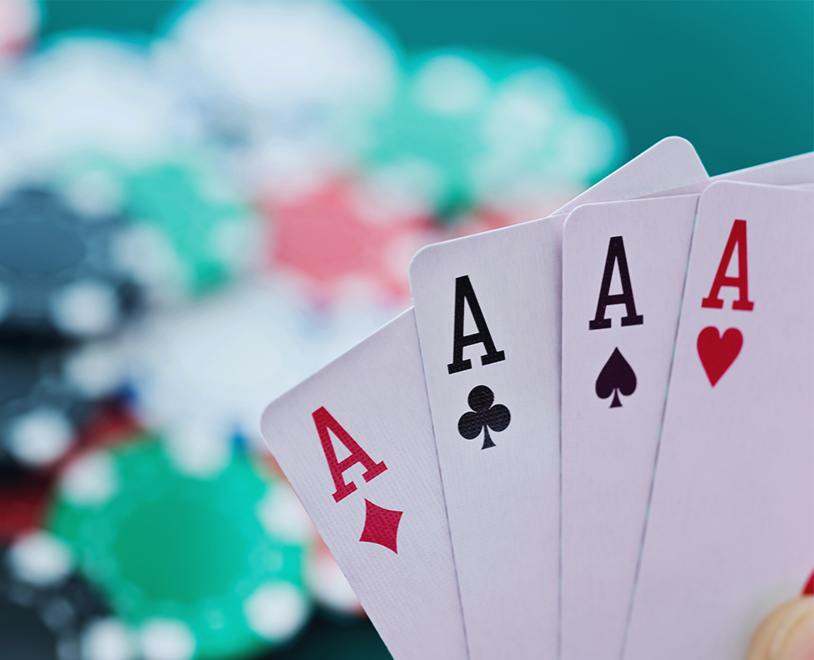
Best Omaha Starting Hands
Unless you’re playing a lowball game, high-value cards are the key to poker riches, and getting dealt two Aces pre-flop is still the best way to start a hand in Omaha. But “pocket rockets” aren’t as strong as they are in Hold’em. Ideally, you’ll want your other two cards to interact in some way with those Aces. Suitedness is nice, so you can make nut Flushes, and connectedness helps, so you can make nut Straights. According to the math, the best starting Omaha hand at a full-ring or 6-max table is AAJJss (double-suited), while short-handed or heads-up, it’s AATTss. Those are extra-powerful hands because you can also make trips with your Jacks or Tens as well as your Aces.
Omaha Betting Stakes
What would poker be without the stakes? When you play Omaha poker at Bovada, you can play for pennies at the cash tables, or you can raise the stakes and play for up to thousands of dollars per hand. The stakes in Fixed-Limit Omaha are designated by the size of the small and big bets; you can play at a 5c/10c FLO table, or anywhere up to $30/$60 at Bovada. In Pot-Limit Omaha, the stakes correspond to the size of the small and big blinds, and you’ll find PLO tables between 2c/5c and $10/$20. No-Limit Omaha is usually saved for tournaments at Bovada, where you can pony up for larger or smaller buy-in events.
Omaha Tips
You’ve learned the history, the rules and the basic strategy behind Omaha poker. Before you hit the tables at Bovada, here are a few more tips to keep in mind. First, manage your bankroll so you don’t blow all your money in one session. Omaha has a lot more variance than Hold’em, meaning you’ll have bigger upswings and downswings, so prepare for the long run by playing at the appropriate stakes for your bankroll. If you’re playing Omaha and you want to add more tables, make those Omaha tables as well, so you don’t get confused switching between that game and Hold’em. Most importantly, have fun when you play. Poker is a game, and games are for entertainment first – and we think you’ll agree, Omaha is about as much fun as you can have at the poker table.
